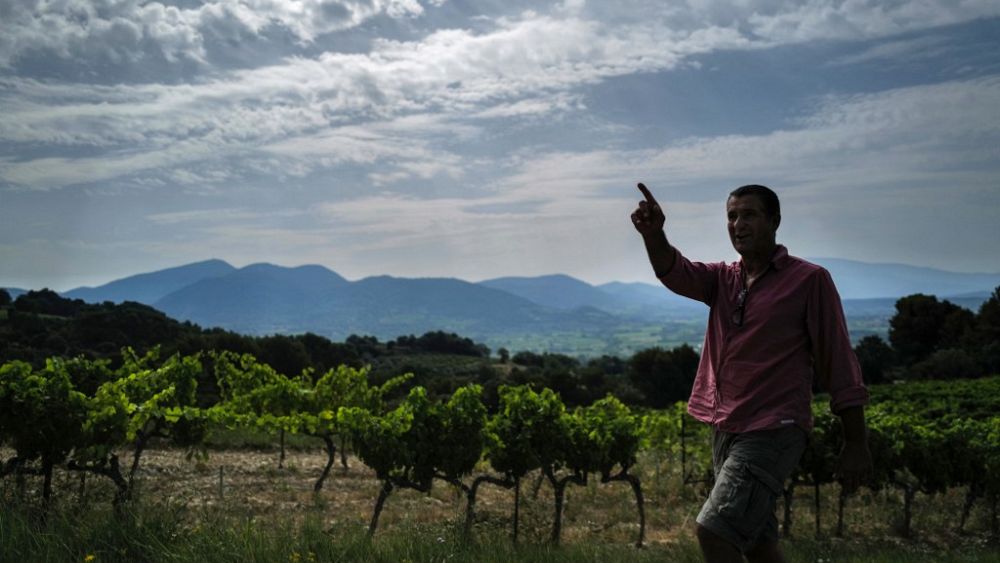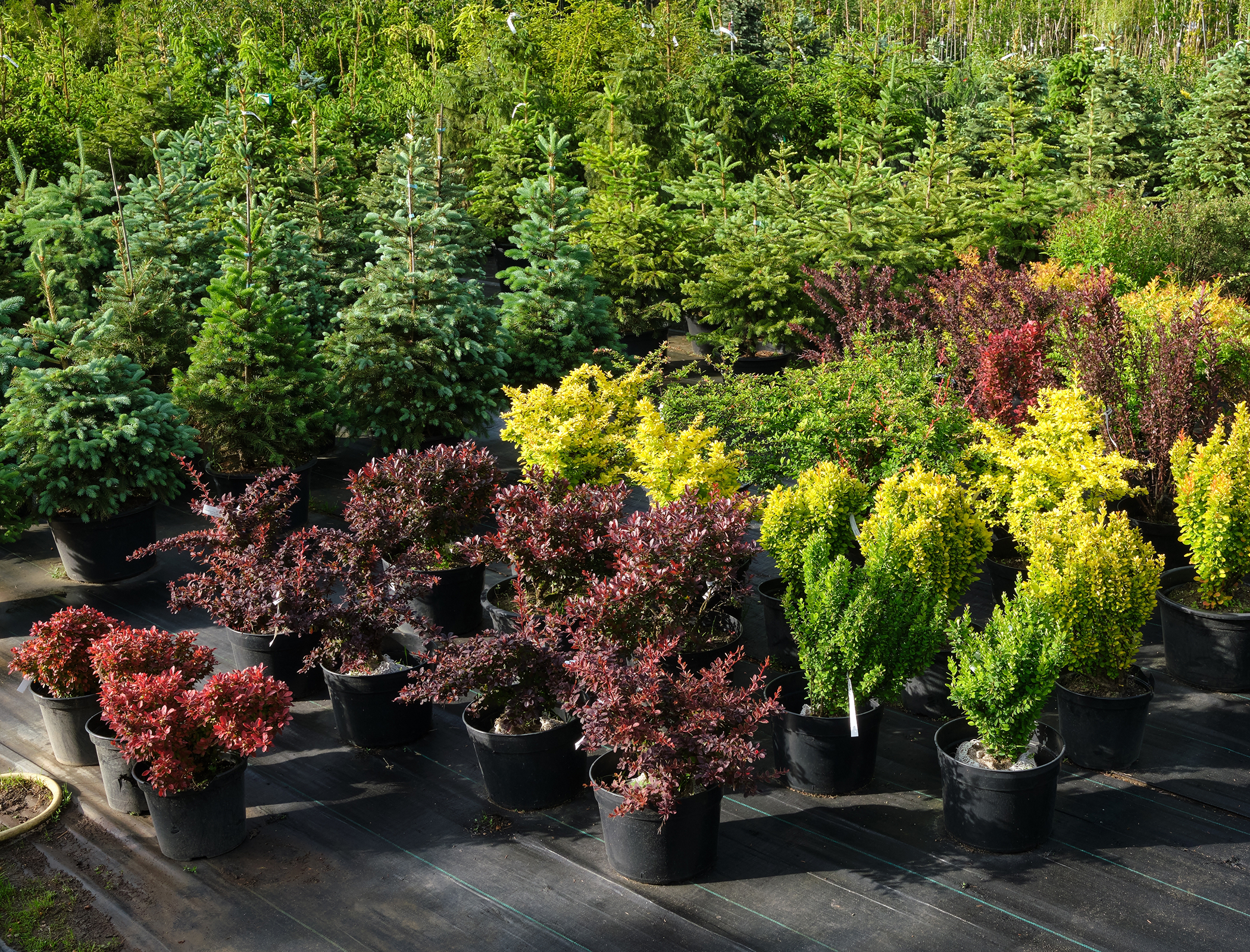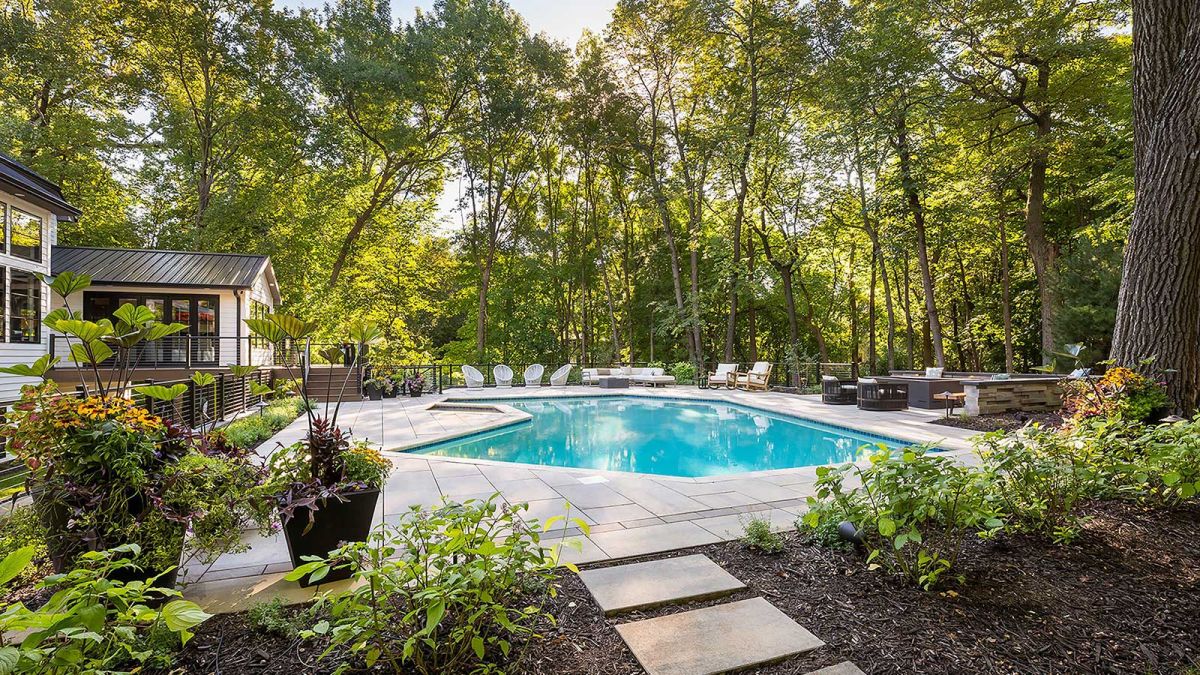This French winemaking commune utilises oak and olive timber to protect biodiversity and mitigate local weather impacts.
Within the picturesque hills of Vinsobre in southeastern France, winemakers are utilizing biodiversity to assist cushion their vineyards from local weather change.
A wine appellation – or ‘protected designation of origin’ – is all necessary, as drinkers savour the tasting notes of its explicit environment.
For many years, this wine appellation within the Drôme area has embraced a singular method, preserving each its ecological variety and the standard of its wines.
Vines, olive timber and oaks develop collectively in a system often known as ‘vitiforesterie’. It has turn into a beacon of sustainability, drawing admiration from environmentalists and wine fanatics alike.
How do timber play a job in mitigating local weather impacts for vineyards?
In Anaïs Vallot’s winery, imposing oak timber encircle and shade the primary vines, offering “a bit breath of contemporary air” through the summer time warmth.
The pines, oaks and hedges that encompass the vines “mood the excesses of the local weather,” explains Cédric Guillaume-Corbin, a ‘farmer-winemaker’ at one other property, La Péquélette.
They will reduce off the wind, restrict frost and “present a sure coolness when it is extremely popular”, like a parasol, he says.
“The proximity of a wooded border has an influence on fields as much as 100 metres away,” by way of biodiversity, soil life and temperature, he provides. That is a substantial benefit in an space that suffers from repeated heatwaves.
In 1993, the Vinsobres winegrowers’ committee determined in settlement with the municipality to remodel its 1,238 hectares of woodland into non-buildable zones and labeled wooded areas.
“It is simply good farming sense,” explains 72-year-old Jean-Louis Piallat, chairman of the committee on the time. “We at all times thought that monoculture did not work and that biodiversity was important [to preserve the] typicality of the wine”.
Along with the botanical variety supplied by the holm and truffle oaks, the upper timber – perched at an altitude of 500 metres – restrict erosion and run-off throughout storms.
How does Vinsobres’ ‘vitiforesterie’ contribute to a greener future in winemaking?
Vitiforestry is now making a comeback as a part of a wider flip in the direction of agroecological farming. An increasing number of winegrowers are taking care to reintroduce tree species suited to their soil.
“The winery is a complete ecosystem, a panorama: we’re not right here simply to reap grapes,” says Anaïs Vallot, bending over a vine whose berries are beginning to flip from inexperienced to white.
These practices “create constraints by way of mechanical work, however it’s a alternative”, even when it means producing rather less, says Guillaume-Corbin. He’s “satisfied” that this variety may be felt within the aromas of his wines.
“Wine tells the story of the land and the place the place it was born,” he says. “In the event you’re in a spot with timber, butterflies and birds, and never a sea of vines choking you, it will not inform the identical story”.
Watch the video above to study extra about Vinsobres’ ‘vitiforesterie’.


